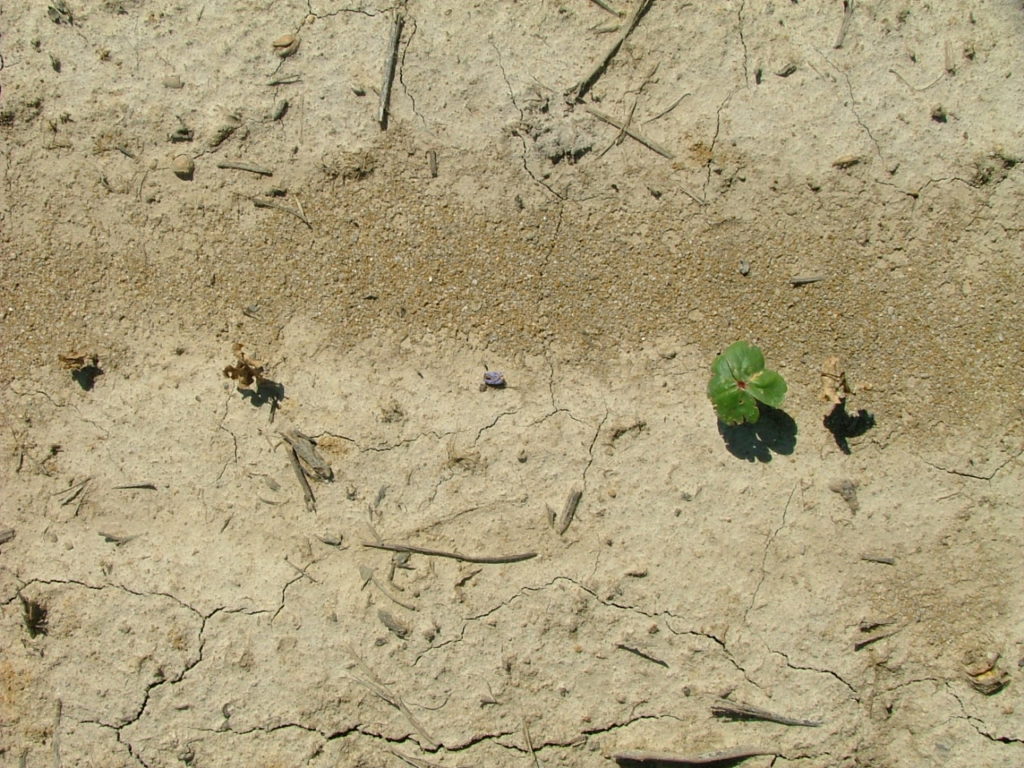Failed Cotton Stand….Now What? (Cahoon and Everman)
go.ncsu.edu/readext?695904
en Español / em Português
El inglés es el idioma de control de esta página. En la medida en que haya algún conflicto entre la traducción al inglés y la traducción, el inglés prevalece.
Al hacer clic en el enlace de traducción se activa un servicio de traducción gratuito para convertir la página al español. Al igual que con cualquier traducción por Internet, la conversión no es sensible al contexto y puede que no traduzca el texto en su significado original. NC State Extension no garantiza la exactitud del texto traducido. Por favor, tenga en cuenta que algunas aplicaciones y/o servicios pueden no funcionar como se espera cuando se traducen.
Português
Inglês é o idioma de controle desta página. Na medida que haja algum conflito entre o texto original em Inglês e a tradução, o Inglês prevalece.
Ao clicar no link de tradução, um serviço gratuito de tradução será ativado para converter a página para o Português. Como em qualquer tradução pela internet, a conversão não é sensivel ao contexto e pode não ocorrer a tradução para o significado orginal. O serviço de Extensão da Carolina do Norte (NC State Extension) não garante a exatidão do texto traduzido. Por favor, observe que algumas funções ou serviços podem não funcionar como esperado após a tradução.
English
English is the controlling language of this page. To the extent there is any conflict between the English text and the translation, English controls.
Clicking on the translation link activates a free translation service to convert the page to Spanish. As with any Internet translation, the conversion is not context-sensitive and may not translate the text to its original meaning. NC State Extension does not guarantee the accuracy of the translated text. Please note that some applications and/or services may not function as expected when translated.
Collapse ▲Unfortunately, last week’s rain proved too much for many cotton fields. For those pondering their replant options, here are some points to consider:
- Regardless of replant crop, you must first deal with your existing cotton stand. This is best accomplished with paraquat applied prior to replanting while the existing cotton is still small. Tillage is also an option where feasible. Alternatively, switching herbicide traits is a viable option for dealing with existing cotton. For example, if you initially planted XtendFlex cotton (dicamba-tolerant), replanting Enlist cotton would allow you to easily deal with volunteers with Enlist One (2,4-D choline) applied preplant or over-the-top. The exact opposite could be done if you originally planted Enlist cotton (2,4-D-tolerant). If you plan to replant cotton and decide to use the same herbicide trait, it becomes paramount to deal with your existing stand before replanting. If not, dust off the hooded sprayer, as paraquat or Aim (carfentrazone) applied with a hood become the only options to deal with the existing stand. Success of the aforementioned tactics hinges on cotton size; chemical and mechanical control of larger cotton (> 4 leaf) is variable. Note: If you can precisely replant cotton into your existing row, you should be able to manage both plantings for a crop.
- Should you be concerned about replanting cotton into previously applied residual herbicides? Depends on what product(s) were initially used. Replanting cotton following Brake, Cotoran, Direx, Prowl, Reflex, and/or Staple will not be an issue. However, one residual herbicide is missing from this list, Warrant. If Warrant was used preemergence on your first planting, research from North Carolina and Georgia says wait at least 3 weeks before replanting cotton. If willing to bring fresh soil into the planting zone via a ripper shank, the replant interval can be shorten to 2 weeks.
- What if I want to plant soybean? First, determine if soybeans can be planted. Where Brake, Cotoran, Direx, or Staple were applied, DO NOT plant soybean. Areas treated with Prowl, Reflex, or Warrant can be planted to soybean.
- Once you determine soybean are safe to plant, deal with the existing cotton stand using methods outlined in above. In addition to paraquat, Sharpen can also effectively be used to take out cotton prior to planting.
- If cotton isn’t controlled prior to replant, several options are available. First, utilize different traits than those in cotton (dicamba vs. 2,4-D). Aim, Cadet, ET, or Resource may be applied over top of soybean to control cotton. If dicamba tolerant cotton was planted, 2,4-DB is an effective treatment; it will not be effective on 2,4-D tolerant cotton. Remember to follow label recommendations for rates and timing on soybean for all products.



